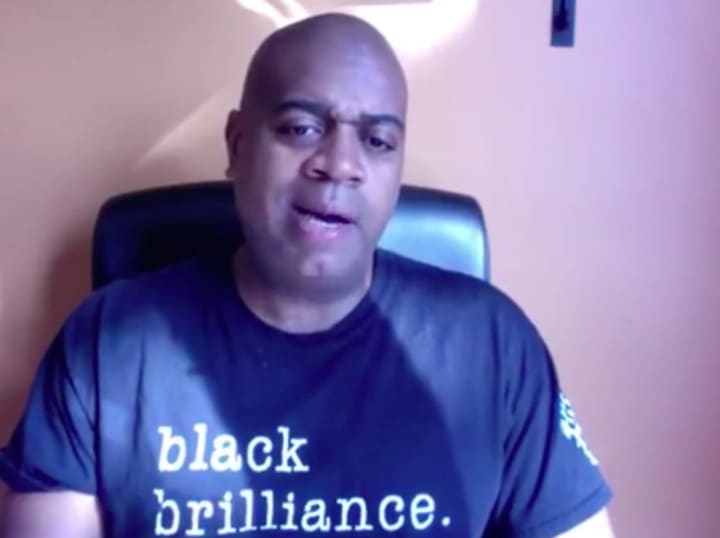And in Newark, where African Americans comprise 47 percent of the population, the risk of death is two percent higher than other communities in the state, City Mayor Ras J. Baraka said.
Baraka recognizes the increased risk for his residents, and is cracking down.
"The measures we take have to be a little more stringent," he said. "We have to be a little more disciplined than everyone else."
Poor access to health care and healthy food, lack of exercise along with the presence of underlying diseases is what Baraka says causes a higher coronavirus death toll in Newark.
"These all add to the likelihood we will die or perish from coronavirus," he said in a Facebook Live Wednesday. "Most is deeply imbedded in the inequity in our system."
In an effort to provide some context, Baraka read a National Geographic article on how some cities flattened the curve during the 1918 flu pandemic. The idea was to show residents how social-distancing methods worked in the past.
Death rates were 50 percent lower in cities that implemented preventative measures early on. The most effective efforts closed schools, churches and banned public gatherings.
"The key to flattening the curve was social distancing and that likely remains true a century later," Baraka read, noting easing up on intervention measures could cause relapses.
The problem is, though, African Americans don't have the same opportunities to work from home to practice social distancing as those in other New Jersey communities, studies show.
Thus, New Jersey's black population is seeing an increased exposure to the virus, experts say.
“On race, the number that jumps out for me continues to be the African American number,” Gov. Phil Murphy said Monday. “It’s still about 50 percent more than the representation of the general population. That’s something that we’re looking at very carefully.”
COVID-19 is "particularly dangerous" for African Americans because of underlying illnesses, along with economic and environmental factors, Dr. Summer Johnson McGee, dean of the School of Health Sciences at the University of New Haven, said in a Reuters report.
McGee noted the pandemic "magnifies the disparities in healthcare" for communities of color.
State and federal lawmakers are calling for healthcare providers to report demographic data on coronavirus patients, as the CDC has not publicly released figures for race and ethnicities of COVID-19 patients.
The good news, Baraka said, is that Newark is beginning to see "some sort of flattening" -- thanks to extreme measures, such as a temporary closure of grocery stores -- implemented earlier this month.
More good news for Newark, the mayor said, is that Essex County's mobility rates in parks and public transit are lower than those of New Jersey.
"That’s big," Baraka said, "because most of our residents take public transportation. Most people in Newark don’t even own a car."
"The important thing is that we continue to do what we’re doing as long as we possibly can until we see a downward trend," he said.
Click here to follow Daily Voice Essex and receive free news updates.


